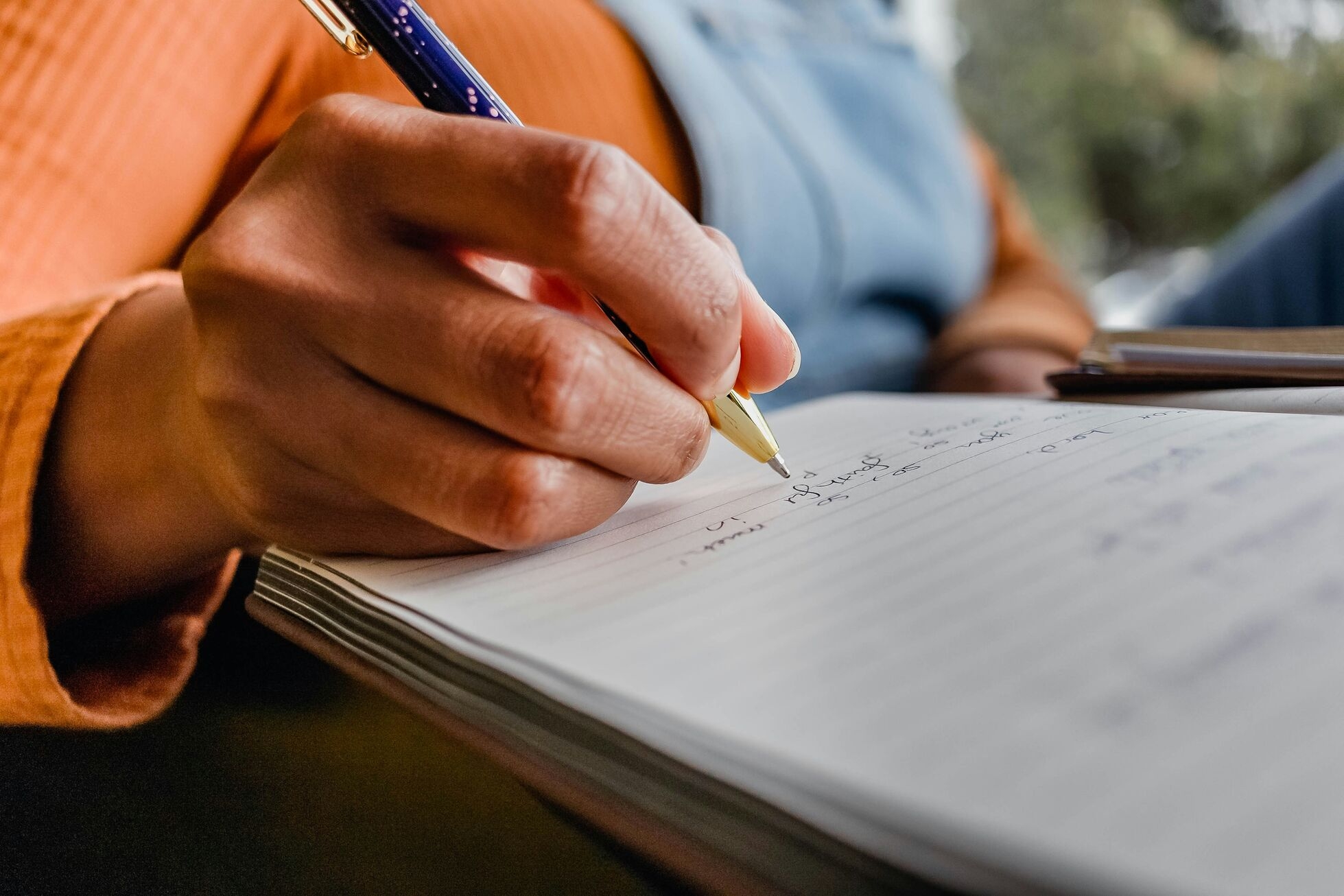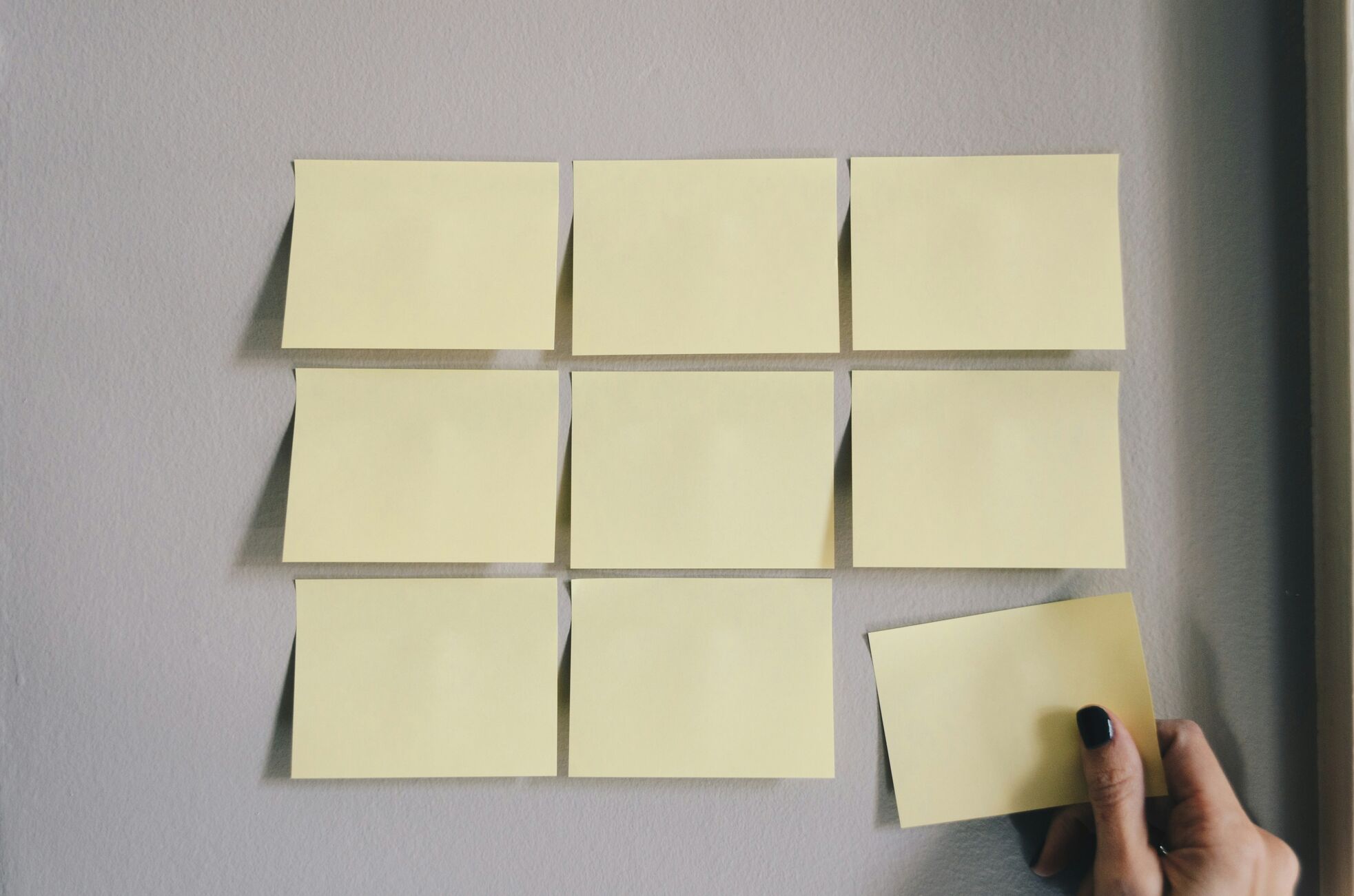Basic Techniques
Calorimetry
Calorimetry is used to measure the change in heat (released or absorbed) during a chemical reaction. In chemistry labs, the setup for calorimetry generally consists of a Styrofoam cup with a sealed lid and hole for the thermometer to measure the change in the temperature during the reaction.
Centrifugation
Centrifugation is used to separate solids and liquids in heterogeneous mixtures. Successful separation results in the solid portion (pellet) at the bottom of the centrifuge tube and the liquid portion (supernatant) above it. When using a centrifuge, it is important that it remains balanced at all times – any tube being spun should have one of equal volume placed in the opposite slot.
Titration
Titration allows one to determine the endpoint of a reaction and the quantity of reactant used to achieve it. Titration generally involves a buret (to deliver precise amounts of the titrant) and a flask (generally an Erlenmeyer flask) containing the solution. An indicator that changes color is used to determine when the equivalency point has been crossed once a sufficient quantity of the titrant has been added. Sometimes, a pH meter will be used to detect the endpoint rather than an indicator.
Filtration
Filtration is used to separate solids from liquids in a mixture. In some cases, pouring the solution through filter paper set in a Buchner funnel over a flask. To filter more effectively, a filter flask is used in combination with a vacuum outlet to effectively suck the liquid solution through the filter paper (vacuum filtration). After successful filtration, the solid is left behind on top of the filter paper while the liquid collects in the flask below.
Distillation
Distillation is used to separate miscible liquids (mix together well) according to differences in boiling points. This process often uses a piece of equipment known as a condenser.
Decantation
Decantation is used to separate liquids from solids by pouring the liquid carefully off the top of a container.
Extraction
Extraction is used to separate two liquids that don't mix very well due to a difference in polarity, i.e. separating water-soluble (polar) liquids from nonpolar ones. This procedure uses an instrument known as a separatory funnel.
Measuring and transferring dry reagents
When measuring dry reagents, place weigh paper on a balance and tare it (i.e., set the balance to zero) for accuracy. To avoid contamination, never insert a measuring spoon into the reagent container. Instead, pour some of the reagents onto a separate weigh paper and discard any excess rather than returning it to the container.
For quantitative transfer, weigh the reagent on creased weigh paper, then fold and tip it into its destination (e.g., a beaker). Tap the paper with a spatula to dislodge any remaining powder, and rinse the paper into the vessel to minimize material loss and ensure accuracy.
Measuring and transferring liquid reagents
When measuring liquids in a graduated cylinder, read the volume from the bottom of the meniscus. To prevent parallax errors, keep your eye level with the meniscus.
When transferring a liquid, rinse the original container with solvent and pour it into the destination to ensure complete transfer.

Drying glassware
Some glassware can be placed in an oven for drying, but volumetric glassware (e.g. pipets, burets, volumetric flasks, graduated cylinders, etc.) should never be placed in an oven - the heat can ruin the calibration.
Cleaning glassware
Once glassware is cleaned with soap or detergent in tap water, it should then be rinsed with deionized water to avoid potentially contaminating future solutions with small concentrations of residual ions.
Lab Equipment Explained
Beaker
Beakers can be used for the transfer of liquids, a mixture of liquids, or reactions. However, beakers are not accurate and should not be used for measurements.
Graduated cylinder
Graduated cylinders can be used for the transfer of liquids or for general measurements (with accuracy varying based on the extent of volume indications present – e.g., to the nearest mL). They are not the most accurate method of measuring liquids.
Erlenmeyer flask
Like beakers, Erlenmeyer flasks can be used for the transfer of liquids, a mixture of liquids, or for reactions, but are not accurate and should not be used for measurements. Since an Erlenmeyer flask has a narrower neck than a beaker, it helps prevent splashing outside of the container. This is particularly useful during titrations, where a liquid is being dropped into a solution.
Volumetric flask
Volumetric flasks are used as a container for a liquid of a known, precise amount (or the creation of a mixture to a known volume). These flasks have a very narrow neck along which there is a mark for the precise amount the flask holds (e.g. one can be confident a 250 mL volumetric flask with liquid up to the marking point contains almost exactly 250 mL).
Filter flask
Filter flasks are used during vacuum filtration. They are very similar in appearance to an Erlenmeyer flask, but the side of the neck contains a protruding “side arm” along which a vacuum hose can be fixed to create suction.
Test tube
Like beakers, test tubes can be used for the transfer of liquids, mixture of liquids, or for reactions – but they are not accurate for measurements of volume and should not be used for this purpose. They are generally useful for the transfer of smaller quantities of liquid.
Pipet
Pipettes are used for the measurement and transfer of very precise amounts of liquid. Pipettes may be graduated (with several markings for varying volumes) or volumetric (a single marking for a set volume). Volumetric pipets are recognized as the best tool for the measurement and transfer of very precise amounts of liquid. However, each pipet is industrially produced to hold a specific amount of volume (Ex: a 25 mL volumetric pipet is the best tool to measure ONLY 25 mL of liquid). This feature makes volumetric pipets ineffective at reading varying volumes or volumes including very specific decimals.
Buret
Burets are used for the transfer of very precise amounts of liquid. They are primarily used in titrations to deliver specific, precise amounts of the titrant. A buret contains a stopcock along its side that allows one to deliver the solution gradually ensuring accuracy. The scale of burets is generally divided into 0.1 mL increments. Therefore, liquid volume measurements are recorded to the nearest 0.01 mL allowing burets to be very versatile at reading volumes that include decimals.
Bunsen burner
Bunsen burners produce a gas flame used for heating in the laboratory. Caution should always be taken when using an open flame.
Calorimeter
Calorimeters are used to measure the change in heat from a reaction while minimizing the transfer of heat to the outside environment. In general chemistry labs, a simple setup of two stacked Styrofoam cups, a lid with a hole, and a thermometer are used.
Spectrophotometer
Spectrophotometers measure the concentration of a solution by passing light through the sample. Some light is absorbed, while the rest is transmitted. The device then measures the absorbance to determine the concentration.
Balance (digital)
Digital balances are used to measure mass with high precision. Before use, clean the surface, turn it on, and zero it. Place weighing paper on the balance and zero it again. Carefully add the substance until the desired mass is reached, then record the measurement. Clean the balance after use.
pH meter
pH meters are used to measure the pH of a solution. Depending on the laboratory, this device may be analog or digital. A pH meter should be calibrated in solutions of known pH before use.
Condenser
Condensers cool vapors, turning them back into liquid. They are commonly used in distillation, where they help collect the separated liquid by condensing the evaporated substance.
Buchner funnel
Buchner funnels are used during vacuum filtration. It sits on top of the flask and holds the filter paper.
Gravity filter funnel
Gravity filter funnels are used during gravity filtration (not vacuum filtration). They do not form the necessary seal for vacuum filtration and should not be used for this purpose.
Separatory funnel
Separatory funnels separate immiscible liquids into a polar (aqueous) layer and a nonpolar (organic) layer, which is essential for extractions.
Dropping funnel
Dropping funnels are used to add liquid reagents (one drop at a time) to a flask.
Powder funnel
Powder funnels are used for adding solid reagents to a flask.
Laboratory Equipment Listed in Increasing Precision
.png)
Error Analysis
Percent error
To calculate the percentage error of a determined value against an actual value, the following formula should be used:
| (Actual - Theoretical) / Theoretical | ×100% = % error
Types of error:
Systematic errors are errors that result from flawed equipment or experimental design. They can be detected and corrected for (for example, if your scale used to measure mass was not set to zero beforehand and thus every measurement is off by +5 mg, this error can be adjusted for). Systematic errors can still be precise but will not necessarily be accurate (for more on precision and accuracy, see the Data Analysis section below). All systematic errors produced from the same source will tend to be in the same direction.
Random errors are errors that result from human interpretation of data. For example, when determining the quantity of liquid in a graduated cylinder by reading a meniscus, you may slightly misjudge the bottom of the curve, resulting in an error of measurement. Random errors can affect both precision (e.g., you may both overestimate and underestimate some readings) and accuracy.
Safety
Safety shower
Safety showers are used to wash off chemicals exposed to the skin. Clothing that has been exposed to chemical spills should also be removed while using the safety shower.
Eyewash station
Eyewash stations are used to rinse out eyes if exposed to chemicals. Eyelids should be held open during rinsing.
Safety goggles
Safety goggles should be worn at all times during lab, and not removed until leaving the lab. They protect the eyes from exposure to chemicals from splashing or explosions.
Disposable gloves
Disposable gloves should be worn to protect the hands from accidental exposure to chemicals.
Lab coats
Lab coats provide protection against chemicals, biological agents, and other hazardous materials. Lab coats can also block alpha particles and offer some fire resistance.
Spill neutralizers
Spill neutralizers are used to neutralize chemicals (particularly acids and bases) if accidentally spilled in the lab.
Fume hood
Fume hoods remove potentially harmful vapors that can be emitted during a reaction. All work performed under a fume hood should be done so at a reasonable distance away from the front of the hood so that proper ventilation is achieved.
Fire safety
If a fire breaks out in the lab, the priority is the safety of everyone involved. Leave immediately, activate the fire alarm, and notify the teaching assistant. Do not focus on turning off the instruments.
Heating a test tube
To safely heat a test tube, use a test tube holder, not your hand. Avoid using an open flame. Instead, heat the test tube using a water bath.
Diluting a strong acid
To dilute a strong acid, always add acid to water, not water to acid. When strong acid dissolves in water, the reaction is very exothermic. Adding acid to water helps disperse this heat.
Proper Waste Disposal
Glass waste
Glass waste should be disposed of in a glass waste bin, not the regular garbage bin.
Contaminated solid waste
Contaminated solids, such as paper towels, spill pads, and gloves that have come into contact with laboratory materials, should be disposed of in the solid waste container
Leftover acid
Any excess acids must be carefully discarded in the acid waste container.
Uncontaminated water from a water bath
Uncontaminated water can just be disposed of down the sink drain.
Data Analysis
Significant digits
Significant digits are used to indicate the uncertainty of a measurement. You generally do not need to worry about significant digits when performing calculations, but you may be asked specifically about them during the exam. For this reason it is helpful to review how to determine the correct number of significant digits, and how to handle calculations so that the answer contains the appropriate amount of accuracy.
Shortcut to determine the number of significant digits present:
1. If there are decimals anywhere in the number, count all digits starting from the first non-zero number as significant. Examples: in the number 40.02, there are 4 significant digits. In the number 00.056700, there are 5 significant digits. The underlined numbers indicate the significant digits.
2. If there are no decimals anywhere in the number, start counting from the first non-zero number, and stop counting at the last non-zero number. Examples: in the number 56700, there are 3 significant digits. In the number 2002 there are 4 significant digits.
You should also know the correct number of significant digits to use in your answer when performing calculations:
1. When multiplying or dividing numbers with differing amounts of significant digits, the answer should be limited to the lesser number of significant digits. Example: say you were asked to multiply 45.00 * 5.0. First, determine the number of significant digits: 45.00 has 4 significant digits, while 5.0 has only 2 significant digits. Therefore, the answer should be rounded to 2 significant digits. 45.00 * 5.0 is 225, but our answer should only have 2 significant digits, so we round up to 230 as the correct answer.
2. When adding or subtracting numbers with differing amounts of significant digits, things get a bit more complicated. Here, the answer should be presented to the digit of least accuracy in the numbers being added or subtracted. Let us review two examples:
55.8 + 42.39
Above, the least accurate place is underlined: it is the tenths place in 55.8. Therefore, our answer should be rounded to the least accurate decimal place. 55.8 + 42.39 = 98.19, but since our answer must be rounded to the tenths place, the correct answer is 98.2. This applies to whole numbers as well, as we will see in our next example:
9876 + 25 + 360
Once again, the least accurate place has been underlined: it is the tens place in the number 360. Therefore, our answer can be no more accurate than that digit. 9876 + 25 + 360 = 10,261, but since our answer must be rounded to the tens place, the correct answer is 10,260.
Remember that zeros after a decimal (assuming they follow a non-zero number) do count as significant. So if you were to add 2.50 + 5.6691, the least accurate place is the hundredths place on 2.50 - the underlined zero counts as a digit of accuracy, so here our normal total would be 8.1691 but our adjusted total for accuracy is 8.17 – once again our answer is presented to the least accurate digit present.
Get everything you need in one place. Start studying today for free.

















